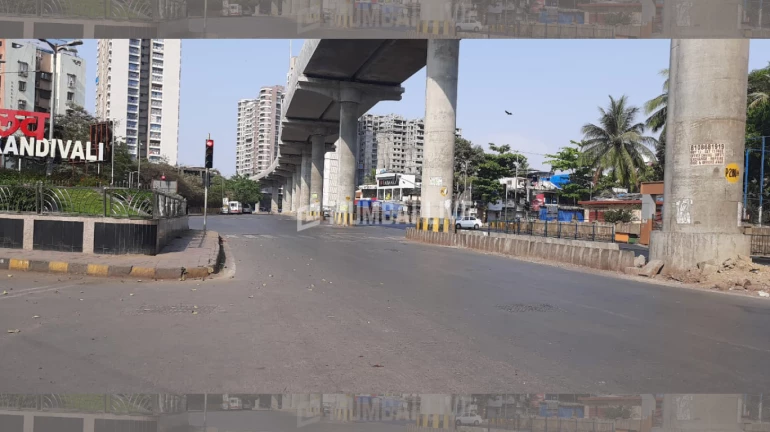
Over the last 30 days, Mumbai's R-South ward which comprises of areas like Kandivali and Borivali has seen a steady increase in the number of Coronavirus (COVID-19) cases. Data reveals that the locality has observed a 30 per cent rise in the cases which come from both developed and slum pockets of the ward.
As of May 12, the ward has 81 containment zones, out of which 61 have been from congested areas, which implies that more than 75 per cent cases are from slum, chawls and related localities. The current tally of this ward is marked as moderate with 307 cases, however, officials are cautious about the steady increase which poses concern since the cases are rising in slums, and this could be difficult for authorities to control, claimed by a BMC official.
Also Read: More than 1,000 deaths in Maharashtra due to Coronavirus: Health Ministry Report
With a population of over 9 lakhs, ward R-South itself is becoming a hotspot for COVID19 cases as per the details provided by the Brihanmumbai Municipal Corporation (BMC) authorities. The locality comprises of 80 clusters and most of them are in slums. The population density in the ward is relatively high at about 39,000 people per sq km and 6o per cent of its residents live in settlements like Bandar Pakhadi in Kandivali (West), Netaji Nagar and Hanuman Nagar in Kandivali (East). Besides these, the area also includes some developed localities such as Lokhandwala, Thakur Complex, Thakur Village and Mahavir Nagar.
Assistant Municipal Commissioner (South) Ward, Sanjay Kurhade said that the primary reason behind the increase in these cases is due to the virus making its way int the dense slums and officials are further facing difficulty in identifying and keeping the high-risk contacts safe. He also emphasised on the common toilets in the slums of other wards where the virus, even today, continues to spread.
Also Read: Mumbai-based economists predict the city will have 35,000 COVID-19 cases by June





